
Photo Credit
Ksenia Lada
Subhead
Planting, Growing, and Caring for Goldenrod Native Plants
Read Next
Types
- Showy goldenrod (Solidago speciosa) earns its name with larger flower heads atop strong dark stems. A later bloomer with a fibrous root system, this species is less likely to spread. It’s winter hardy in USDA Zones 3 to 8 and reaches a mature height of about 3 to 4 feet.
- Late goldenrod (S. gigantea) is a tall species, often reaching 6 feet. It tolerates wetter sites than other goldenrods and is hardy to USDA Zones 3 to 8. This is an aggressive spreader, sending out rhizomes to conquer the landscape.
- Sweet goldenrod (S. odora) is a modest plant about 3 feet tall. It’s clump forming and won’t spread, and is perfect for smaller spots where it can be a showy splash of fall color.
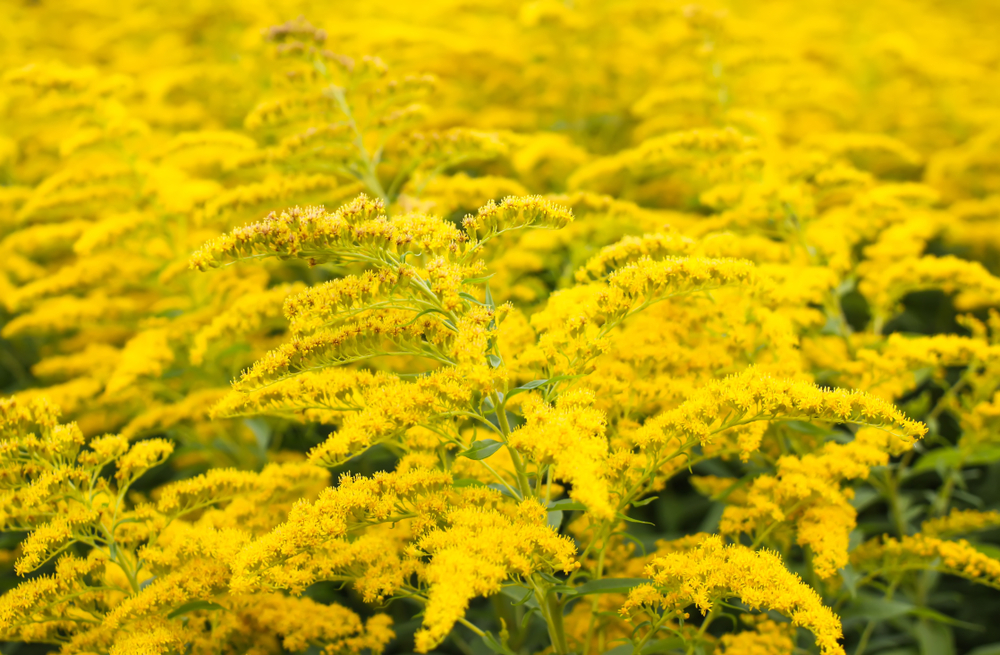
Photo: Pictures_for_You
Gardening Products
More Like This
Goldenrod is one of my favorite fall wildflowers!!! It goes so good with Ironweed!! I try and get it to grow along my backyard fence and this year I succeeded!!! This article will be a very helpful read so I can have more goldenrod to enjoy.
So many people give goldenrod a bad name; they call it a weed; what a very nice colorful plant they are missing out on.
Thanks for this article; it is being shared on Facebook.
One of the best gardens I ever had contained a couple giant goldenrods. The pollinators would swarm it. This last 10 years I have been trying to get it started and with the article above, finally found why it was resistant to start. Another plant is the Milkweed which I do believe the monarchs love. Wonder if starting those seeds are similar to the goldenrods?
I like the idea Goldenrod is native to North America~





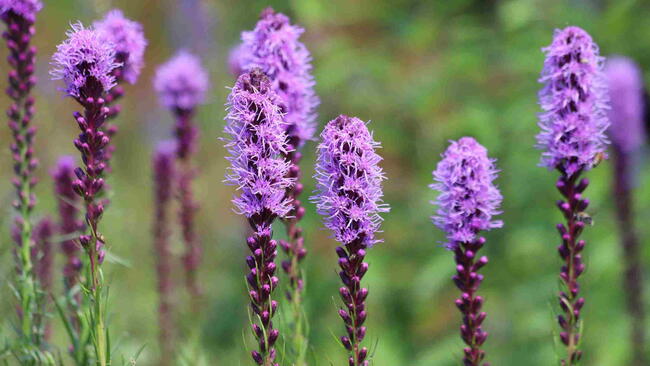
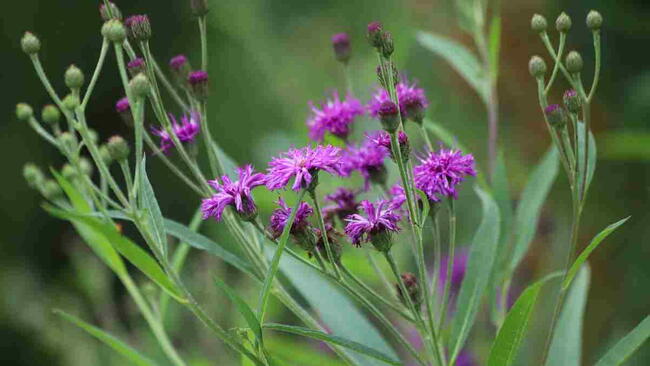

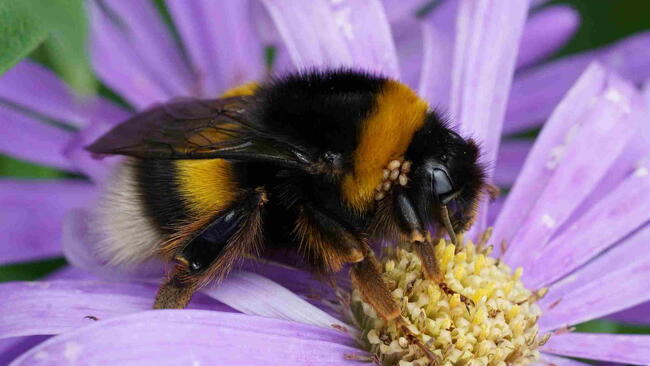
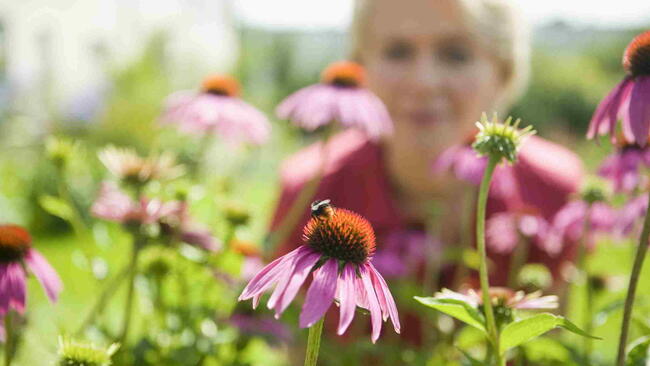


Comments